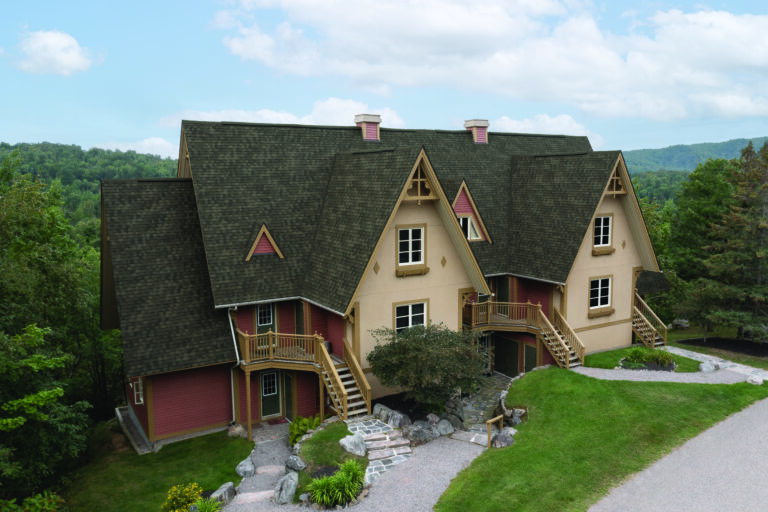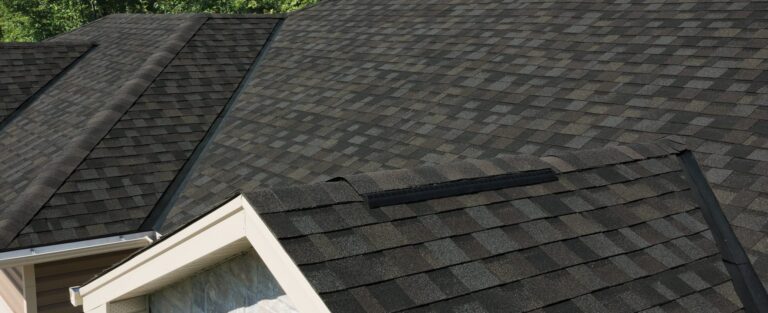The 10 Biggest Enemies Affecting a Roof
Your roof is your home’s first line of defense from the elements. Unfortunately, nothing can withstand Mother Nature forever. When roofs meet their end, whether natural or not, it’s most often due to one of the 10 things on this list. Some, such as wind and snow, are natural elements. Other things affecting a roof’s life span are human decisions, such as how the roof is installed or repaired.
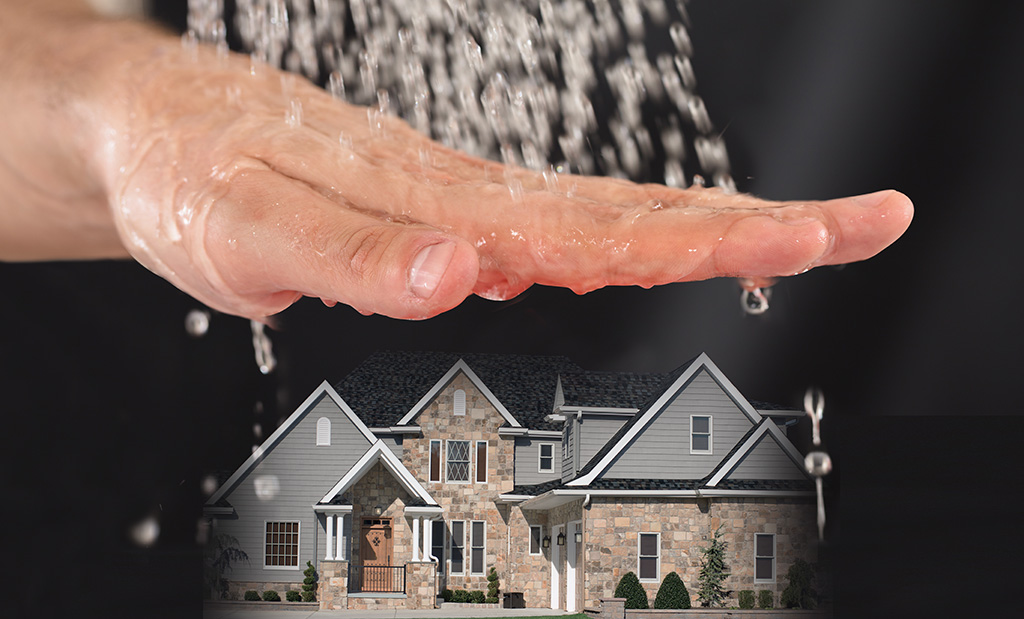
Shingle manufacturers continually improve shingles and other parts of the roof to better protect from these concerns. Plus, you can protect your roof from human error by choosing qualified roofing professionals and learning more about how your roof should function. Start by learning about the 10 biggest enemies that affect your roof.
1. Rain and Hail
Of course, water is the major element that your roof protects your home from. In normal conditions, when a roof was properly installed and is in good condition, rain damage to a roof is rare. Rain should roll right off your roof into your gutters and onto the ground. However, several problems can prevent water from properly draining off your roof. Sometimes water can collect if leaves have gathered in your roof’s valleys, which is one reason it’s important to clean your roof and gutters during the fall.
If water can’t drain, or can’t drain fast enough, it can slowly erode roofing materials, as it does the stones at the bottom of riverbeds over very long periods of time. Standing water will eventually create a problem on your roof, so it is wise to get repairs finished right away.
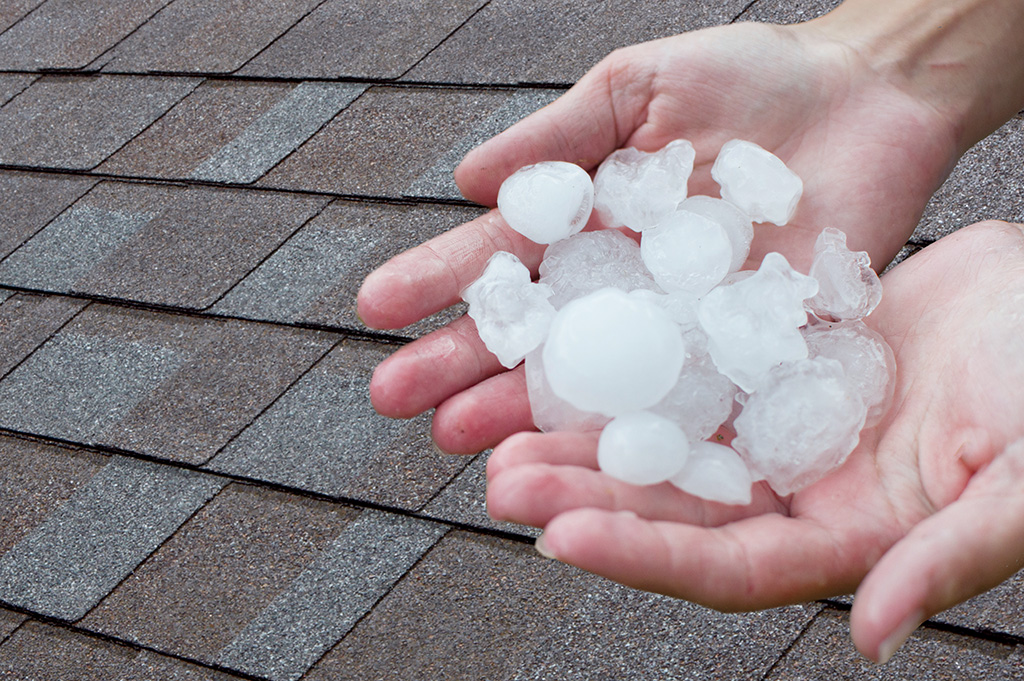
Can Hail Damage a Roof?
Large hail can be a problem for a roof. Wood shakes, slate and metal may dent and even split after hail impact. Many shingles can handle normal hail without a problem, not because they reflect hail, but because they are flexible enough to absorb the impact. Still, heavy storms that produce exceptionally large hail can create issues with many roofing materials. IKO’s Nordic shingles have been tested for impact resistance and can help homeowners obtain insurance rebates in areas prone to hail.
*This is not a guarantee of impact resistance against hail. Damage from hail is not covered under the limited warranty. See full details.4
2. Wind
Wind damage to a roof is possible in severe storms. Shingles may be blown off your roof by strong winds, and then they can’t do their job of protecting your home from rain. Thankfully, IKO’s Performance laminate shingles have two key features that keep them secure on the roof even in high winds. The first is ArmourZone®, a specially designed and reinforced strip. This reinforced strip has special nail-holding power. Plus, IKO shingles have a strong adhesive, which gives the shingles even more staying power. The combination of these two features results in great wind performance. For example, IKO’s Dynasty® shingles come with a limited warranty for wind speeds of up to 210 km/h (130 mph).
* This impact rating is solely for the purpose of enabling residential property owners to obtain a reduction in their residential insurance premium, if available. It is not to be construed as any type of express or implied warranty or guarantee of the impact performance of this shingle by the manufacturer, supplier or installer. For further detail concerning the FM 4473 standards, visit the FM Approvals website
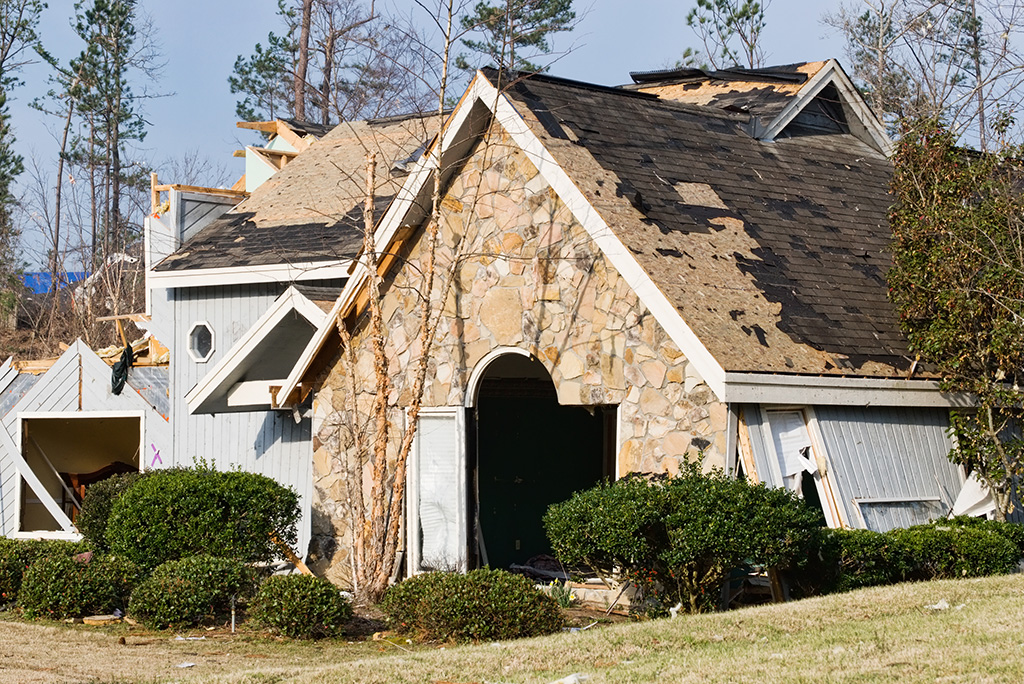
Still, wind can be a concern just after roof installation, before the shingles’ adhesive has had time to activate in the sun. Plus, after the adhesive has done its job, severe windstorms, such as hurricanes and tornadoes, may still be a concern. These storms can pull off shingles.
Plus, they create wind-driven rain, which may push moisture behind the shingles, potentially leading to a problem even after the storm has died down. That’s why IKO has FastLock™ sealant strips on many of our shingles. The sealant strips help keep the shingles down under stronger winds, protecting against wind-driven rain. For even more protection from wind-driven rain, your roofer can use IKO’s EdgeSeal™ tape to adhere the shingles to the substrate at the roof perimeter (eave and rake) to prevent strong winds from getting a foothold in these edge areas.
How to Identify Roof Wind Damage
When a shingle is missing from an old roof, it can be hard to tell whether wind took it off or whether something else removed it. A professional roofer should do a full roof inspection of any roof with missing shingles. They may be able to tell you if wind was the culprit or not. Either way, the missing shingles will need to be replaced. If the shingles are falling off because they are at the end of their life span, and not because of unusual wind, your roofer may suggest that you replace the whole roof.
3. Snow and Ice
If you live in a cold climate, you may be concerned about snow and ice damage to your roof. Typically, snow will melt off your roof without a problem. However, underlying leaks may become worse under the snow, as the snow constantly exposes your roof to moisture. During the spring melt, you could have a real mess on your hands. Get any known issues with your roof fixed before winter arrives to prevent water damage from snow on your roof.
Can Ice Dams Cause Roof Damage?
Winter may bring another enemy to your rooftop: ice dams. These are ice buildups that often appear on the edges of roofs and can spill over into the gutters. It’s a common misconception that you can resolve ice dams by fixing the shingles beneath them. While shingle repairs may be necessary, they don’t address the underlying cause of the ice dam.
Ice dams develop when heat and moisture from your home cannot escape the attic. Without proper ventilation, the roof is too warm. The snow that falls on the roof melts, and the resulting water runs down the roof. Before it enters the gutters, the water reaches the colder part of the roof, where it freezes. This ice buildup can put pressure on the shingles and even push beneath the shingle sealant.
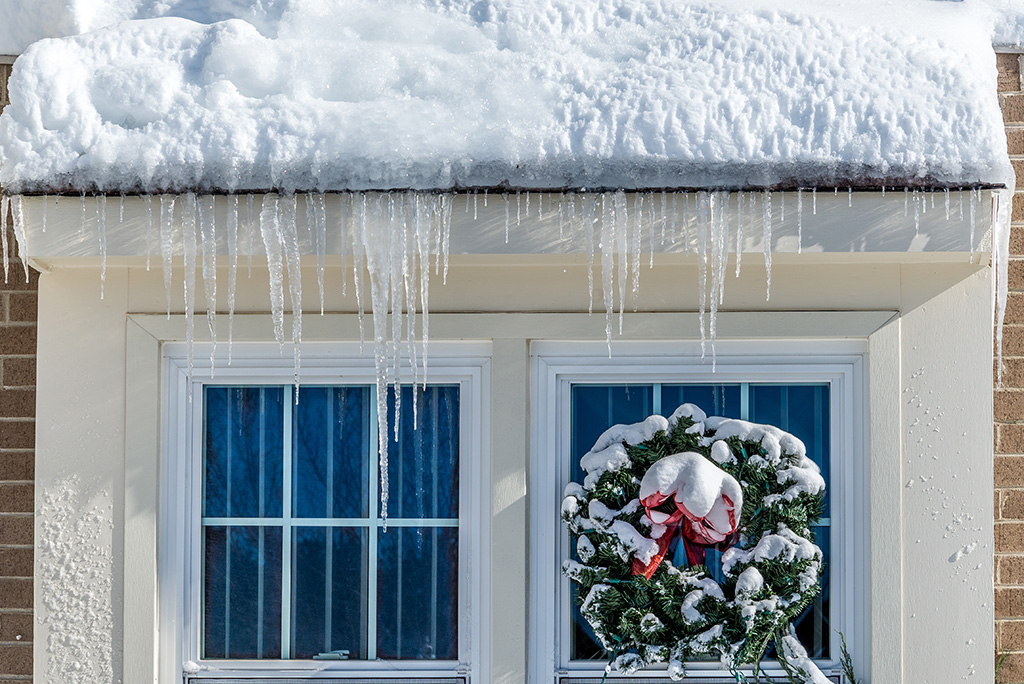
Properly installed ice and water protector can stop water from entering your attic due to ice dams, but it will not prevent ice dams from forming. If your roof develops an ice dam, you should ask a roofing professional to ensure you have proper roof ventilation and proper attic insulation. Do not use home remedies, like ice melt, as they may damage your roof. If the ice dam has already created a problem, you may also need a professional to replace the roofing material beneath the ice.
What About Snow Weight?
After severe snowfall, the sheer weight of the snow on your roof may be a concern as well. Residential roofs are only designed to hold so much weight. The precise amount your roof can hold depends on the building codes in your area and the specific design of your home. Rest assured that places that get higher rates of snowfall, such as Alaska, tend to have higher load requirements.
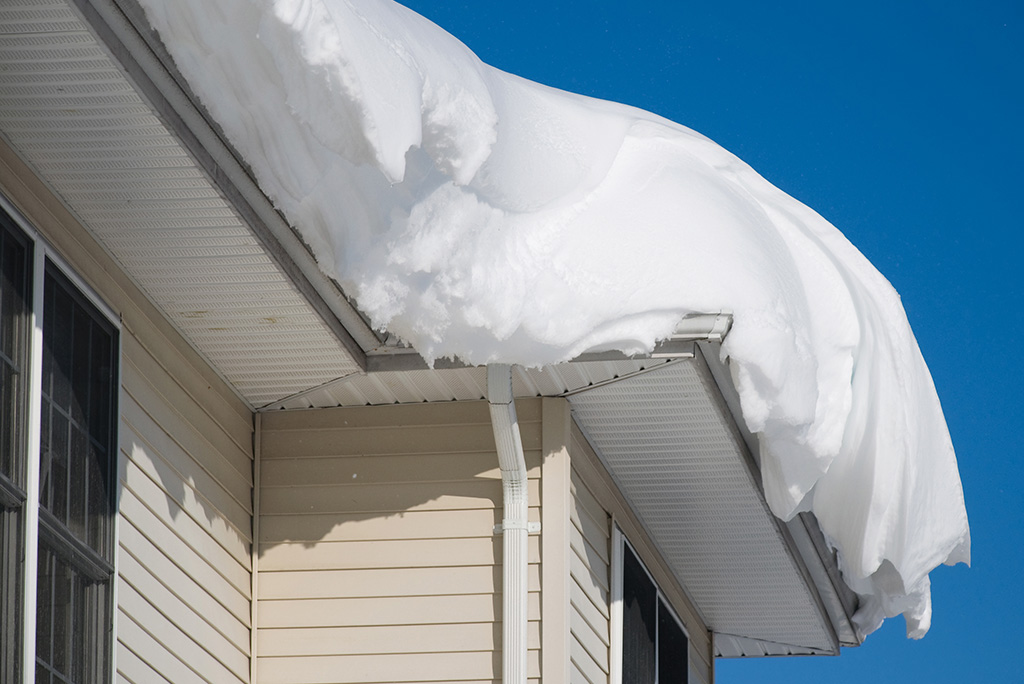
You should also know that the weight of snow is variable. According to the Federal Emergency Management Agency (FEMA), 1 foot of snow may weigh anywhere from 3 pounds to 21 pounds. It depends on how much moisture is in the snow., which varies based on your climate, altitude, humidity and several other factors.
It is best to consult your local weather authorities to estimate how much the snow on your roof may weigh. If you have concerns that the snow may be too much, contact a roofer to have the snow removed. You should not attempt to remove snow from your own roof, as doing so is dangerous.
4. Algae
Humid, warm summers can bring algae to your rooftop. Specifically, blue-green algae, called gloeocapsa magma, will take advantage of moist and warm conditions on your roof if it can. This roof infection has now spread across roofs in the United States and Canada.
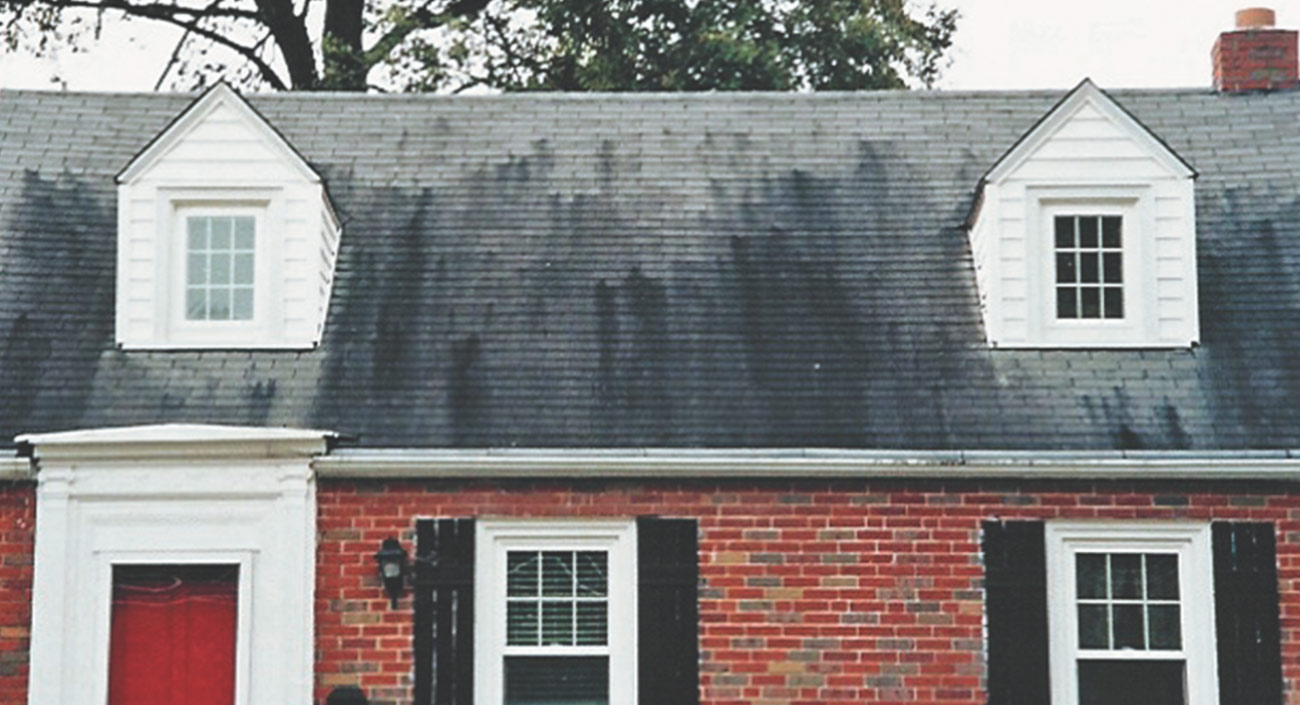
Algae is only an aesthetic issue. It does not interfere with the function of your roof. It does leave behind black streaks that discolor your shingles and can impact the curb appeal of your property. This growth can be hard to control, especially without replacing shingles, so it’s important to prevent it. IKO’s shingles are embedded with colorfast blue-green algae-resistant granules. These granules contain copper, which makes the roof less habitable for the algae so that your shingles stay beautiful.
5. Ultraviolet Light
The same ultraviolet (UV) light that can fade your furniture’s colors slowly degrades shingles as well. Asphalt shingles are much more resistant to UV light than fabrics, and they can tough out the effect of the radiation for extended periods. However, all shingles will eventually crack and degrade in the sun. At that point, shingles have reached the natural end of their life, and you must have them replaced. Areas with less intense UV sun and shorter days may see a slightly longer life span from their asphalt shingles.
6. Trees
Larger plant life can have an impact on your roof as well. While trees can be beautiful additions to your property, falling leaves and branches can pose a risk to your roof. Leaves, needles and other tree debris can clog your gutters or, if left on your roof, retain moisture and harm your roof. Overgrown branches can scrape shingles if the wind blows them against the roof’s surface. Certain tree species can also release sap and resin onto your roof. These substances can soften asphalt and, in extreme cases, can cause shingles to blister. Of course, a fallen tree can damage your roof and other parts of your home.
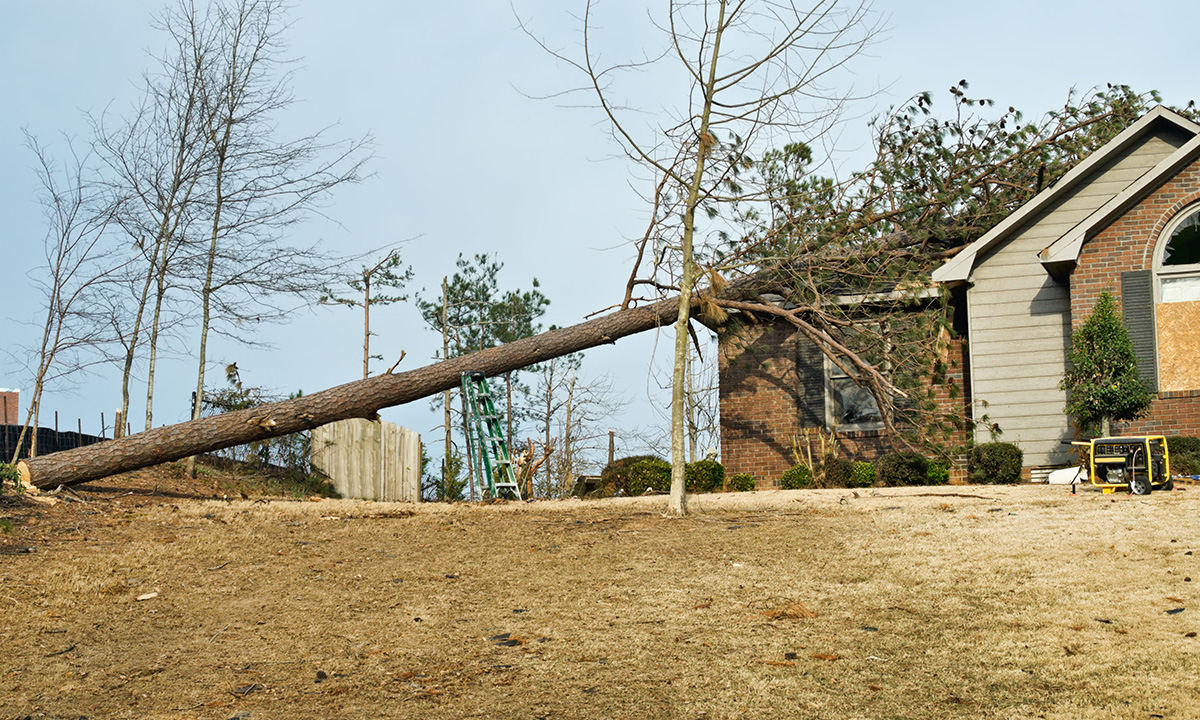
There are many ways to protect your roof from tree damage, including regular trimming, leaf removal and health inspections from a qualified arborist. To start, get specific advice about your property’s trees from an expert.
Of course, trees can also bring benefits to a property. Intensive green roofs may even support trees. However, green roofs need maintenance to function properly. Otherwise, trees may damage them as well.
7. Animals
Homeowners may have a menagerie of squirrels, birds, raccoons and other animals on their property. While they may be a joy to watch and feed, animals may cause problems with your roof. One of the most common problems is nesting. In spring and summer, birds may attempt to nest in your roof. In the fall, mammals may try to take shelter in your roof to avoid the cold. Animals may also choose to eat on top of your roof, leaving behind debris.
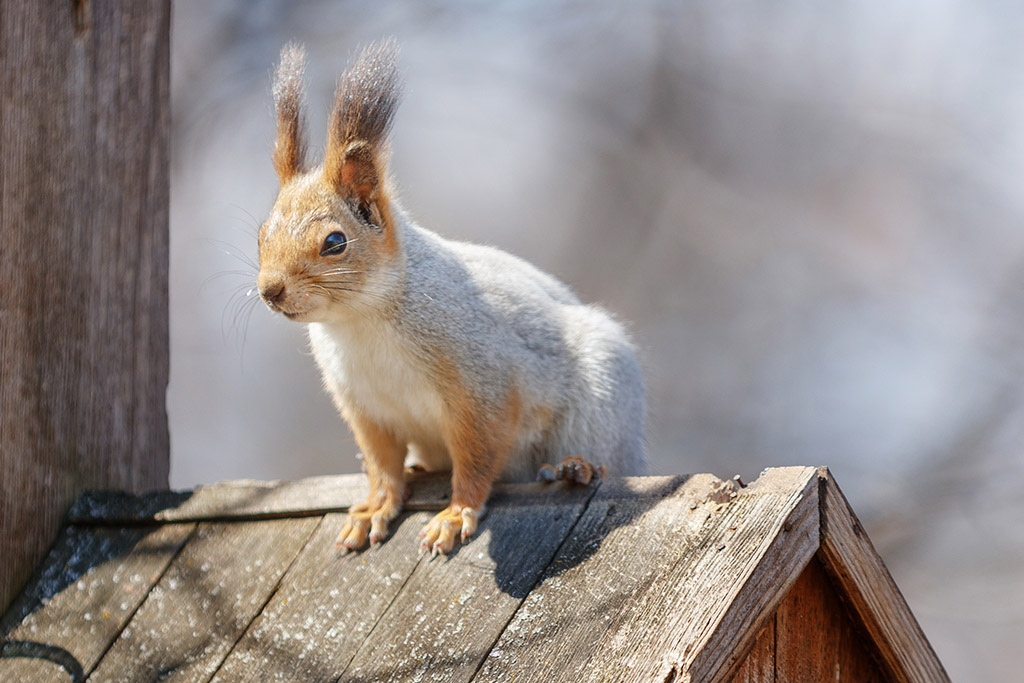
A professional roofer can help you discourage animals from spending time on your roof. Typically, they will secure the soffit and fascia which are common entry points for animals to get into the attic.
8. Improper installation
Nature isn’t the only thing that can impact your roof. Human decisions can strengthen your roof or cause it to give out well before it should. Many of the most critical decisions that determine the quality of your roof happen during installation. An improperly installed roof may not perform properly, to your expectations or the manufacturer’s. For example, flashing failure is often the result of improper installation. Less experienced roofers might fail to install some flashing types where they are needed, or they might make other mistakes during flashing installation.
You can protect yourself from a poor installation job by choosing a qualified roofing professional and learning about roof installation at IKO’s Roofing 101 blog.
9. Unqualified Repair Jobs
Unfortunately, there is a lot of subpar roofing repair advice available on the internet. It is best to avoid DIY roof repair and only choose professional roofers who are qualified, licensed (where required) and insured to work on your roof. Often, those who make unqualified roof repair jobs fail to address the root cause of the leak. The leak may reoccur or continue even after such a fix. A professional may have to undo the damage from the bad repair job as well as find and fix the cause of the leak.
10. Roofing Misconceptions
Sometimes, homeowners may make decisions about their roof without realizing that it could impact their roof performance. For example, homeowners need to be careful about how they hang Christmas lights from their roof to avoid damaging their shingles or gutters. Walking on your roof without the proper footwear and knowledge can cause damage. Nailing something to your roof can cause damage as well.
Homeowners may also believe that they can put off roof work. However, there are risks to putting off roof leak repairs. The longer you leave a leak, the worse the damage may be, not just to your roof, but potentially to the ceiling and anything you store in your home also. When you make decisions about your roof, be sure to reach out to a professional roofer for guidance.
Bonus: 11. Poor Roof Design
As a bonus, here’s one more roof enemy you should watch out for. Unfortunately, some homes are simply designed with worse roofs than others. Design problems can make a whole home much more vulnerable to the elements. Examples of poor roof design include two shallow valleys that run into one another, upper roofs that drain onto lower roofs, or nooks and crannies around closely spaced dormers. If you have a home with a badly designed roof, you may not get as long of a life — even out of excellent roofing materials that were installed properly. Those who are building a new home should talk to their architect about how their roof design will meet the challenges of their climate.
Need Help Combating Your Roof’s Biggest Enemy?
Calling in the professionals is always a wise move if you have a concern about your roof, whether it’s an ice dam or worries about a recent repair job. Contact a professional through IKO’s Contractor Locator and protect your roof from its greatest enemies.


